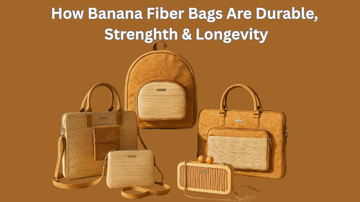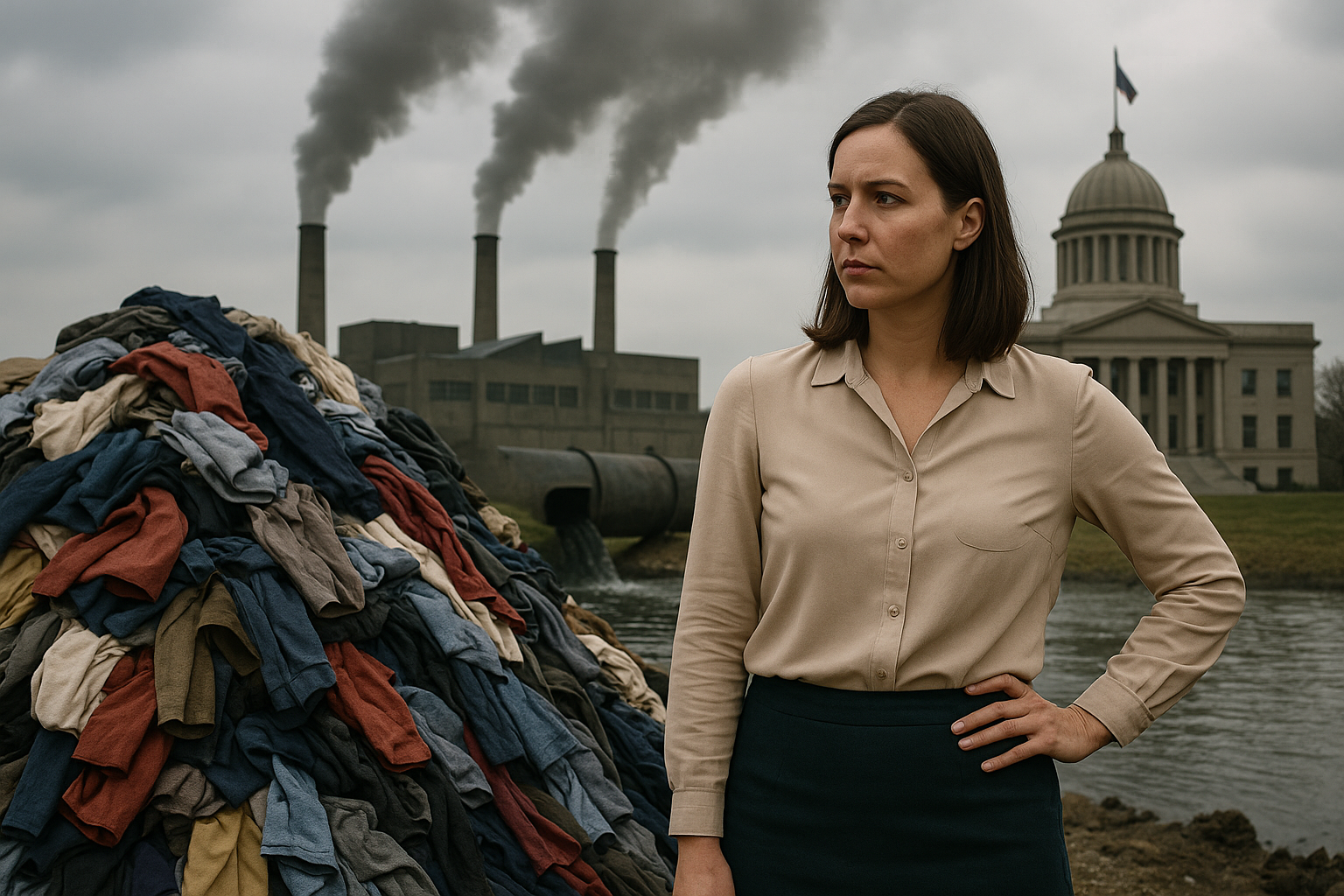The Dirty Side of Fashion
When most of us think of pollution, we imagine smoke belching factories or plastic-filled oceans. But fashion? It doesn’t usually come to mind. Yet the industry is responsible for serious environmental damage.
1. Water Pollution
Textile dyeing is the second largest polluter of clean water globally. Toxic chemicals used to dye fabrics often end up in rivers and waterways especially in countries where environmental regulations are weak or ignored. This harms aquatic life and communities that rely on this water.
2. Micro plastics from Synthetic Fabrics
Clothes made from synthetic materials like polyester, acrylic, and nylon shed tiny plastic fibers (microplastics) every time they’re washed. These fibers end up in the ocean, polluting the water and harming marine animals. Eventually, they can even end up in our food.
3. Air Pollution & Carbon Emissions
From cotton farms to delivery trucks, the fashion industry leaves a massive carbon footprint. The production, transportation, and disposal of clothing contribute to global warming.
4. Mountains of Waste
Fast fashion encourages overconsumption. As trends change rapidly, clothes are often worn just a few times before being thrown away. It’s estimated that 92 million tons of textile waste is generated globally each year. Most of this ends up in landfills or is incinerated—both harmful to the environment.
5. Unethical Labor Conditions
Environmental pollution isn’t the only issue. Many garment workers face poor working conditions, long hours, and extremely low wages. These social issues are just as important to fix.
What Are Governments Doing About It?
Governments around the world are starting to recognize the fashion industry’s environmental toll. Here are some of the steps being taken:
1. Sustainable Fashion Laws & Bans
Countries like France have banned the destruction of unsold clothing. Retailers must now find ways to donate, recycle, or reuse their excess stock instead of burning or dumping it.
2. Promoting Circular Fashion
A circular economy is one where products are reused, repaired, and recycled instead of being thrown away. Governments are encouraging this model by supporting textile recycling and second-hand fashion markets.
3. Strict Environmental Standards
The European Union’s Strategy for Sustainable Textiles sets ambitious goals for eco-friendly production. This includes reducing water and energy usage, eliminating harmful chemicals, and promoting longer-lasting garments.
4. Extended Producer Responsibility (EPR)
Under EPR policies, fashion brands are held accountable for the full lifecycle of their products from design to disposal. This pushes companies to think sustainably and invest in end of life solutions like recycling programs.
5. Eco-Incentives
Some governments offer tax breaks, subsidies, or grants to fashion companies that adopt sustainable practices. These financial incentives encourage innovation in eco-friendly fabrics and ethical production.
6. Raising Consumer Awareness
Public awareness campaigns can be powerful. Governments and NGOs are educating consumers on the impact of fast fashion and promoting conscious shopping habits:
Conclusion: A More Sustainable Future Is Possible
The fashion industry won’t change overnight. But progress is being made from legislation to innovation, from activism to awareness. Governments are playing a crucial role in setting the framework for a more ethical and sustainable fashion future, but they can’t do it alone.
As consumers, we also hold power in our wallets and our wardrobes. By choosing quality over quantity, supporting sustainable brands, and demanding transparency, we can drive the industry toward responsible practices.
Fashion doesn’t have to cost the Earth. It can be a force for good if we all do our part to clean up its act.








